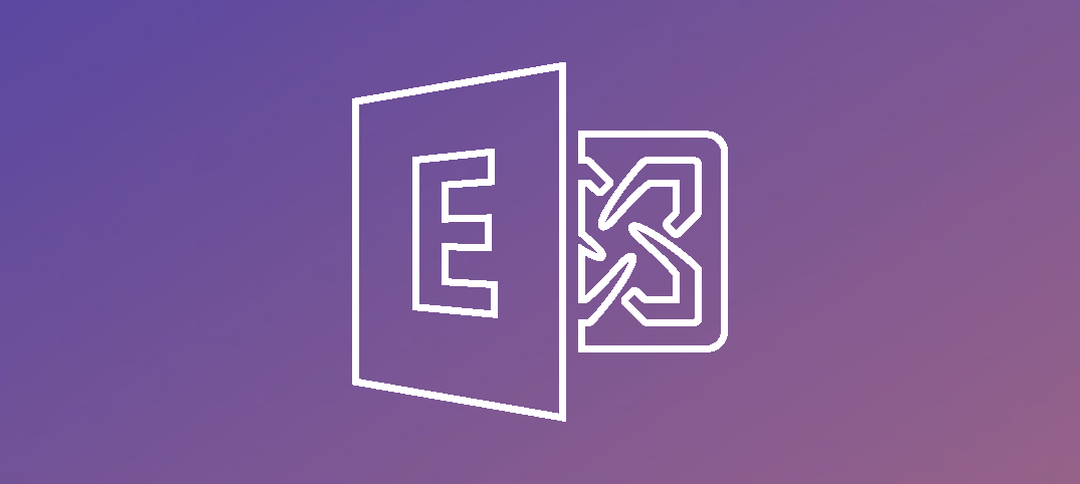
by edward | Nov 19, 2017 | Exchange 2010, Exchange 2013, Exchange 2016
In Exchange, be it Exchange 2010, Exchange 2013 or Exchange 2016, you might have come across back pressure alerts or where Exchange just won’t function. These include: Disk space Memory These in turn log different event logs, you might see the following Event...

by edward | Nov 16, 2017 | Exchange 2010, Exchange 2013, Exchange 2016
In Exchange, whether it is Exchange 2010, Exchange 2013 or Exchange 2016, there is always some sort of confusion when it comes to deleting or disabling a user mailbox. While one will leave the account in tact and disconnect the mailbox, the other one will remove the...

by edward | Nov 3, 2017 | Exchange 2010, Exchange 2013, Exchange 2016
In my previous post we looked at redistributing the active databases and copies in a DAG. Today we will be taking a look at moving an active mailbox database to another server in the DAG. We will be using the Exchange Management Shell to perform this action. Why you...

by edward | Oct 31, 2017 | Exchange 2016, Exchange 2010, Exchange 2013
In any organization running Exchange 2010, Exchange 2013 or Exchange 2013, the internal certificate that is part of Exchange once you have done an installation will expire after 5 years. Sometimes Admins remove these certificates but can lead you to issues down the...

by edward | Oct 30, 2017 | Exchange 2016
In any organization running Exchange 2016 or legacy versions like Exchange 2010 or 2013, you may get the request to get a count of all mailboxes in the environment. This is quite easy to get when running a simple command from the Exchange Management Shell (EMS)....

by edward | Oct 26, 2017 | Exchange 2016
As Exchange has progressed over the years, the roles have changed. Generally in larger environments you would have the Exchange 2010 roles like Mailbox and Client access each on their own servers, whether it was physical or virtual. The same would have applied to...





